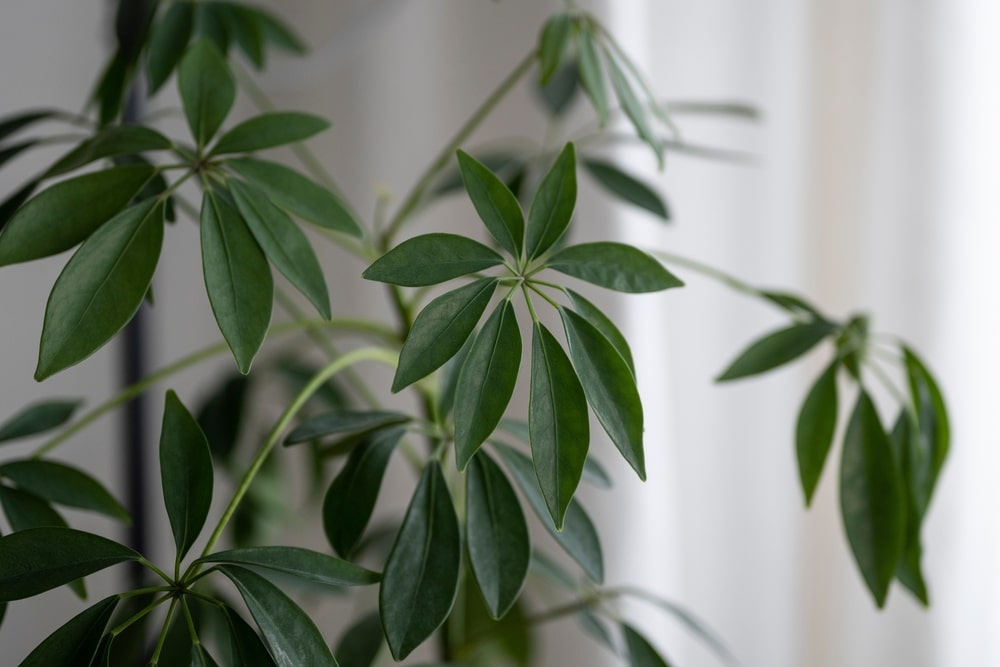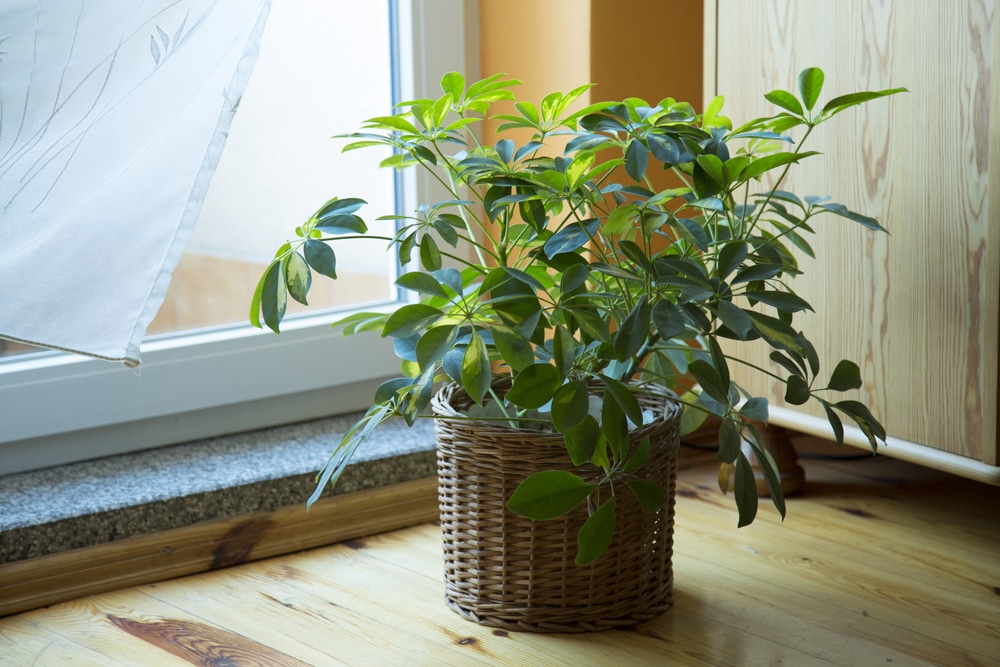You’ve probably received a Schefflera as a gift or souvenir at some point, and it’s no wonder why people like giving them out as presents. Also known as the dwarf umbrella tree, this indoor plant has a good reputation for withstanding some neglect. These plants are low-maintenance, and even the poorest soil and growing conditions won’t significantly affect their growth and health. You can propagate schefflera.
In fact, this plant would easily thrive even when left in the hands of a black thumb gardener. They may grow too large for their pot and need transplanting into a larger one. If you’re interested in propagating your beautiful Schefflera, whether you want to give them out to friends or simply have more plants around the house, doing it is as easy as caring for them. Let’s look at how to propagate schefflera.
2 Main Ways on How to Propagate Schefflera

The entire process is moderately easy to follow. Even if you haven’t done this before, as long as you have the patience to wait for results, and given that you follow these tips, you’ll have Schefflera babies in no time.
Schefflera can be propagated in two ways: by air layering or through stem cuttings. Let’s take a more detailed look at each method:
Stem Cuttings
This is probably the most common and popular method of propagating Schefflera. It’s also the easiest way to do it. While the stems of this plant can’t be divided, you can use these stems to grow new plants.
Prepare some gardening shears, or alternatively, a sharp knife if you don’t have one. Sharpness plays a crucial role here because you don’t want to damage the stem in any way, as that will make it harder for the plant to heal.
Find a healthy and mature stem on the Schefflera. Ideally, it needs to be from a mature plant that’s been growing for at least a year already. Stem selection also plays a crucial role here. Try to look for a stem that’s at least six inches long and doesn’t have any flowers or buds on it.
You can also try to take multiple cuttings from the same plant to increase so you have better chances of successful propagation.
Cut about four to six inches from the stem, making sure that there are at least two leaves on each cutting. Check the node and snip it off before placing the cutting in a cup of water.
You can use a rooting hormone to speed up the process, but it’s not necessary.
In about two to four weeks, you should start seeing roots growing from the node. Once that happens, it’s time to pot your new Schefflera plant in some fresh potting mix.
Keep the soil moist, but remember it has to be moist enough, not soggy. You don’t want to drown your newly forming roots.
Air Layering
This is a bit more complicated than stem cuttings, but it’s still something anyone can do.
The goal of air layering is to induce root formation on a stem while the plant is still growing. This is done by wounding the plant in a way that allows it to form roots while still being attached to the parent plant.
You can do this by finding a healthy and mature stem on the Schefflera. Once again, it needs to be from a mature plant that’s been growing for at least a year already.
Make a cut about halfway through the stem. The cut doesn’t have to be too deep, just enough to allow the plant to form new roots.
This method allows you to propagate the plant without having to use a secondary pot or container. For this, aside from the cutting shears, you also need to prepare a sphagnum moss.
Wet the sphagnum moss and wrap it around the wounded stem. Make sure that the moss is covering the entire wound.
Use a clear plastic bag to cover the moss and secure it in place with a twist tie or string. This will help maintain humidity and prevent the moss from drying out.
Check on your air-layered Schefflera every few days to ensure the moss is still moist.
After a few weeks, you should see new roots growing from the wounded stem. Once the roots are about an inch long, you can cut the stem below the plastic bag and pot your new plant.
It also helps if you apply a thin layer of rooting hormone to speed up the process. Again, this is also optional but would be beneficial.
Final Thoughts
Both methods of propagating Schefflera are relatively easy and can be done by anyone. The stem cutting method is by far the simplest and doesn’t require a lot of technique or materials.
The air layering method is a bit more complicated, but it’s still something that can be done with ease, given some time and patience.
